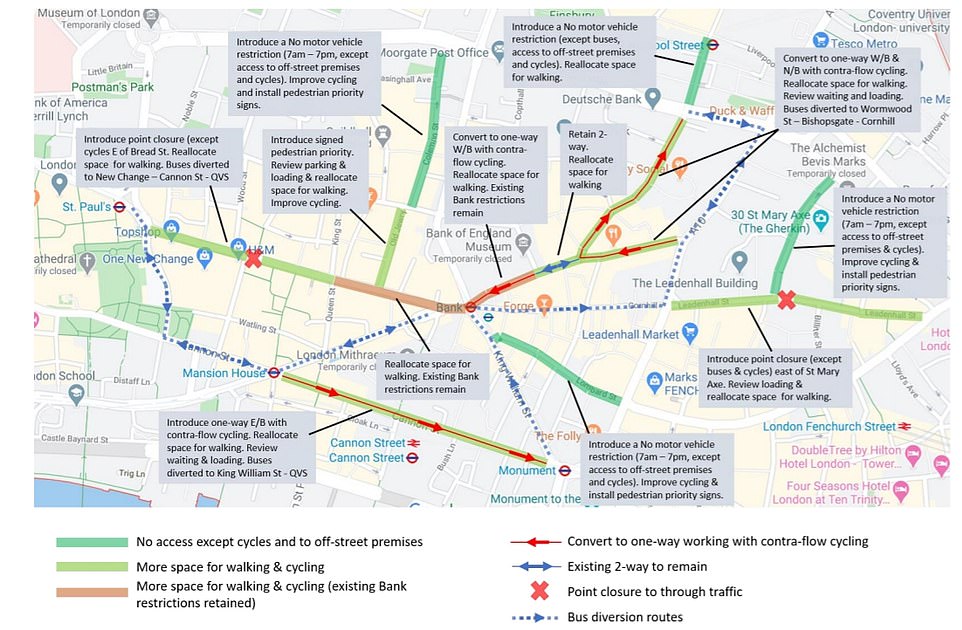
The built environment plays an important part in encouraging walking. And yet, as wayfinding practitioners we are well aware that designing accessible, attractive and safe environments doesn’t necessarily make them easily legible, memorable or navigable. These last three factors contribute significantly to maximising ‘walkability’. This is particularly pertinent now, in the current climate of COVID-19 restrictions we are living through. Reduced transport capacity and the need to maintain social distancing on an ongoing basis necessitate that we navigate our locales on foot now more than ever.
When we leave our homes right now, there’s a pretty good chance that we’ll be doing more walking than usual. Recent research conducted by UCL has found that many of Britain’s city pavements are too narrow to observe the current ‘two metre apart’ rule. This is particularly true of London where just 36% of pavements are wide enough for people to safely maintain their distance from others.
One solution could take a lead from Steer-designed colourful and innovative ‘Bankside Boardwalk’ temporary installation that for six months during 2018 extended SE1-located Lavington Street’s narrow pavement to help improve the quality and safety of the environment for pedestrians. Such a design could have wider and longer-term usability while COVID-19 remains with us.
TFL and the Mayor of London’s unveiled their Streetspace plan which will rapidly and virtually immediately transform the streets of London to accommodate the possible five-fold increased in walking once the lockdown restrictions ease, as millions of journeys a day will need to be taken other than by public transport (which will be running at much-reduced capacity). Planned measures include:
- Doubling the size of pavements – to boost social distancing when out and about – in busy high streets such as Hammersmith’s King Street, allowing allow people to access local essential shops and services more easily and safely;
- Creating new, temporary walking and cycling routes along major traffic corridors such as Putney to Pimlico;
- Working to make walking and cycling in local neighbourhoods more attractive and safer by reducing speed and volume of traffic on the roads.
We contemplate the challenges of continuing the major push to get people using active transport to get around locally, as we tentatively emerge from lockdown restrictions. It is important that those tasked with facilitating this ‘new normal’ for travel ensure walking is accessible and safe for all. Read ‘The 8 Principles of the Sidewalk‘ for more information on what we can do to make for more sustainable mobility in our cities, particularly relevant in the current climate.

Cars and taxis are set to be banned from some of London’s busiest roads in the City area to make way for cyclists and pedestrians. This will enable pavements to be widened, new cycle ways to be created and more space for queueing outside cafes and offices whilst continuing to observe social distancing.